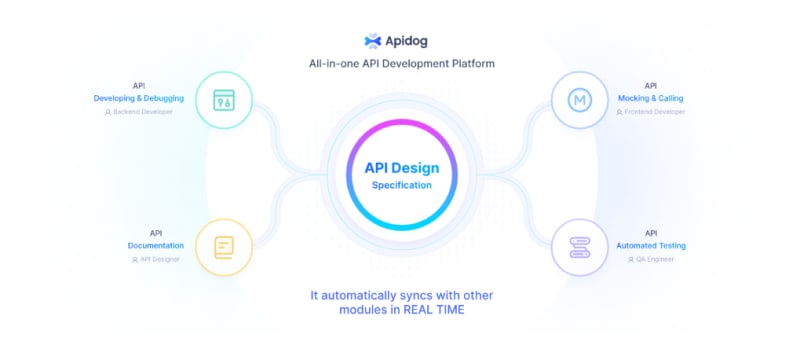Introduction:
CSS Grid is a powerful layout tool in web development that allows designers to create complex and dynamic layouts. It offers a more streamlined and effective way of designing websites, compared to the traditional float-based layouts. While most people are familiar with the basic concepts of CSS Grid, there are some advanced techniques that can take your layout game to the next level.
Advantages:
One of the main advantages of CSS Grid is its ability to create responsive layouts without the need for media queries. With the use of grid templates and the grid auto-placement feature, designers can easily create layouts that adapt to different screen sizes. This enhances the overall user experience and makes the website more accessible to all devices.
Disadvantages:
One drawback of CSS Grid is its lack of browser support for older versions of Internet Explorer. This can limit the use of some advanced features and require the use of fallback methods for older browsers. Additionally, the learning curve for CSS Grid can be steep for those who are new to web development.
Features:
Some advanced CSS Grid techniques include the use of named grid lines, grid area, and grid spanning. Named grid lines allow for more control over the placement of items within the grid. Grid area allows for the creation of visual sections within the grid, making it easier to visualize and organize the layout. Grid spanning allows for items to span across multiple grid areas, creating more complex and dynamic designs.
Conclusion:
CSS Grid offers a plethora of advanced techniques that can greatly enhance the layout capabilities of a website. While there may be some drawbacks and challenges, the benefits far outweigh them. With its ability to create responsive layouts and its advanced features, CSS Grid is a must-know for any modern web designer. So, if you haven’t explored the full potential of CSS Grid yet, now is the time to do so.



